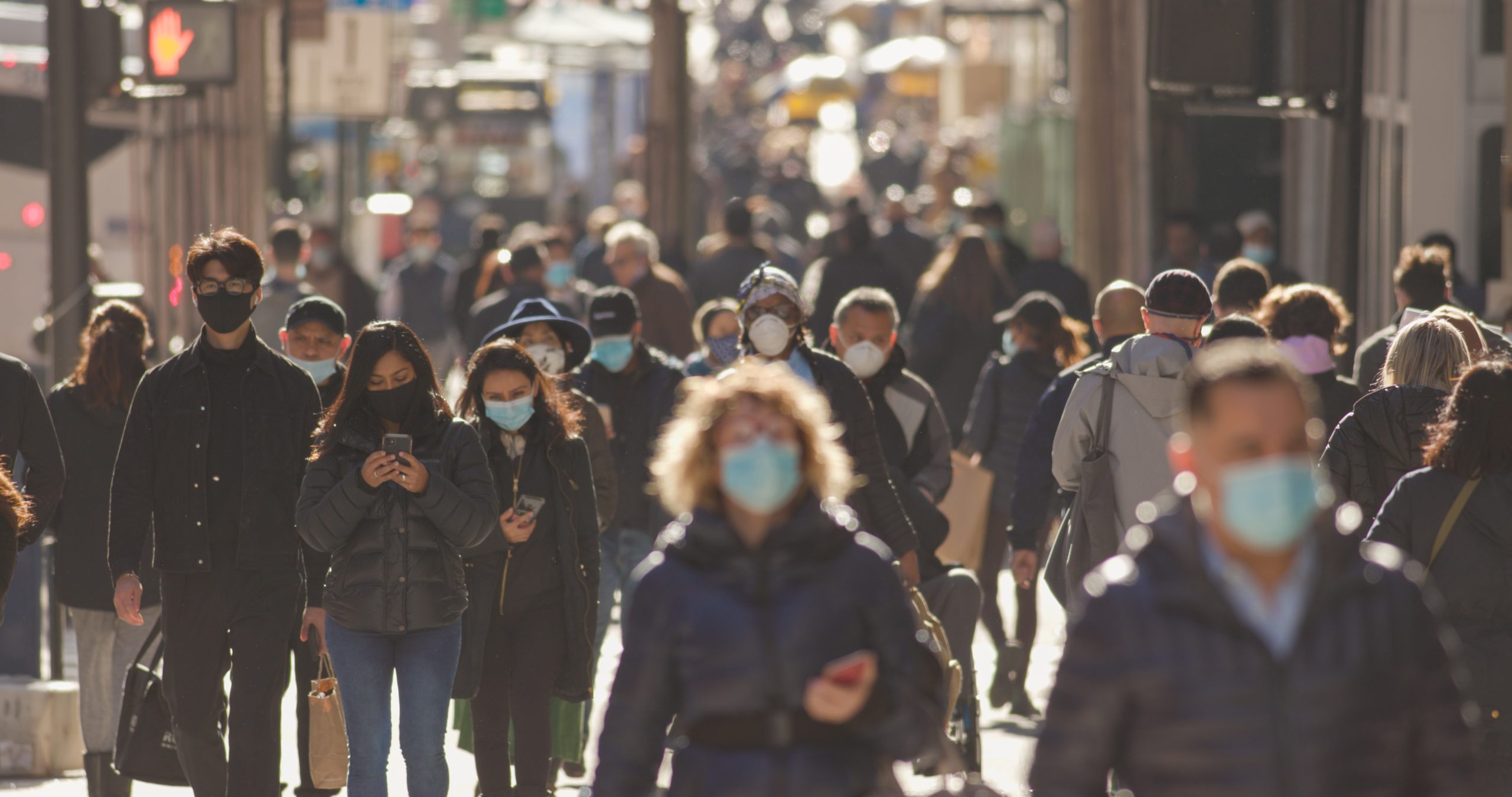
Providing the most comprehensive picture of COVID-19 infectiousness to date, recent research from Imperial College scientists offered new insights into how long people with COVID-19 are infectious for. Co-author, Dr Seran Hakki, outlines the challenges of collecting real-world evidence in the first-of-its-kind study.
In August, the ATACCC Study (The Assessment of Transmission and Contagiousness of COVID-19 in Contacts) published some of their findings in one of the world’s leading respiratory health journals, The Lancet Respiratory Medicine. Our study was the first to use real-life evidence from naturally acquired infection to assess the duration of COVID-19 infectiousness, its correlation with symptom onset, and how this affects the accuracy of lateral flow tests.
Previous studies estimating how long someone is infectious for have been a laboratory-based human challenge study (a carefully controlled study during which volunteers are intentionally given an infection) or have used mathematical modelling. While these serve an important purpose, real-world evidence studies provide another valuable way to understand, monitor and prepare for the challenges caused by COVID-19. Here, I outline the hard work and considerations that go into a study of this kind.
Recruiting participants
For starters, to understand how long someone is infectious with COVID-19 for, you have to start sampling them from when they were very first infected. With naturally acquired infection, this is incredibly difficult to do. In our study, if a person tested PCR-positive for COVID-19 and were only within five days of their symptom onset, we recruited the people who were in close contact with the said person (often household contacts). For example, if the son in a household tested positive for COVID-19, we recruited their mother, father and sister.
The next tricky part to answering this question was the requirement of longitudinal sampling (tracking the same person at different points in time) to understand when infectiousness ends. Virus was measured via the gold standard procedure of PCR, carried out using nose and throat swabs. Swabs, however, aren’t particularly pleasant to perform, let alone daily for up to 20 days. Our study therefore required considerable commitment from our participants during a global health crisis, hence participant recruitment took a lot of time. Overall, we recruited 738 of such participants, but of course not everyone developed infection when exposed to COVID-19. We therefore recruited 173 participants who were PCR-positive for more than one timepoint, but only 57 of which we captured just on the cusp of infection onset.
Quantifying infection
We also needed to find a way to quantify infectious virus. PCR measures viral RNA, however, viral RNA is often detectable for a substantially longer period than how long you are infectious for. This is usually because at the end of your infection, you continue to shed some non-infectious virus particles, which will test PCR-positive.
One of the best laboratory methods for determining potential infectiousness requires a further laboratory test, known as a plaque assay, a well-established way of measuring virus concentration. Carrying out these assays on COVID-19, however, is expensive, technically challenging and requires access to secure containment laboratory facilities.
Team effort
In summary, a huge amount of effort was required to make this publication possible. We’re incredibly grateful to the participants who took part in the study, along with all the staff involved. As well as setting up the study and carrying out the day-to-day analysis, they worked tirelessly to recruit as many participants as possible, with many early-career researchers also taking on the very tedious tasks of data entry and data quality control.
The paper itself has been reported in the news globally and, at the time of writing this, has been tweeted nearly 3,000 times. I even made the front-page of my local Turkish newspaper, much to the joy of my parents who now have a wad of newspapers stashed away in the corner of a kitchen cupboard!